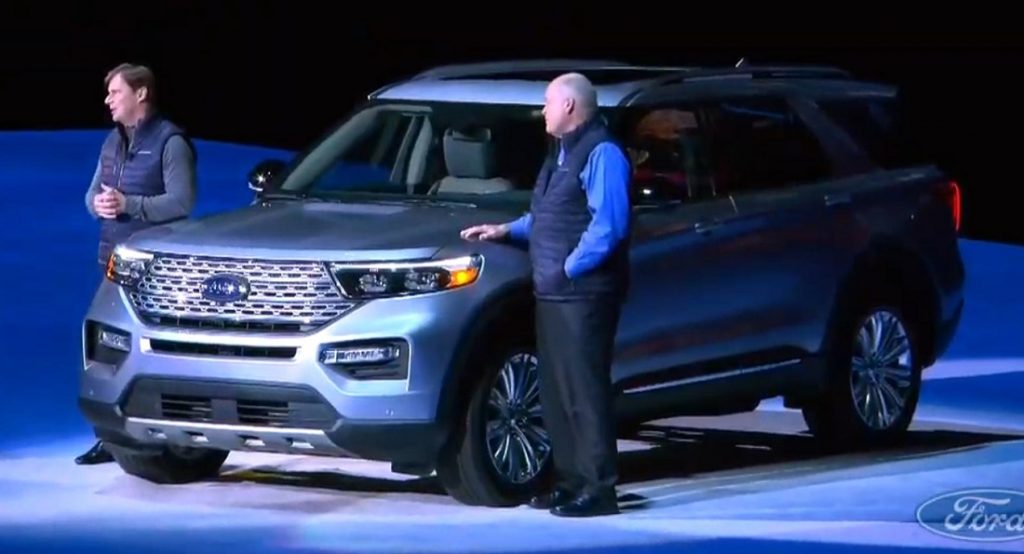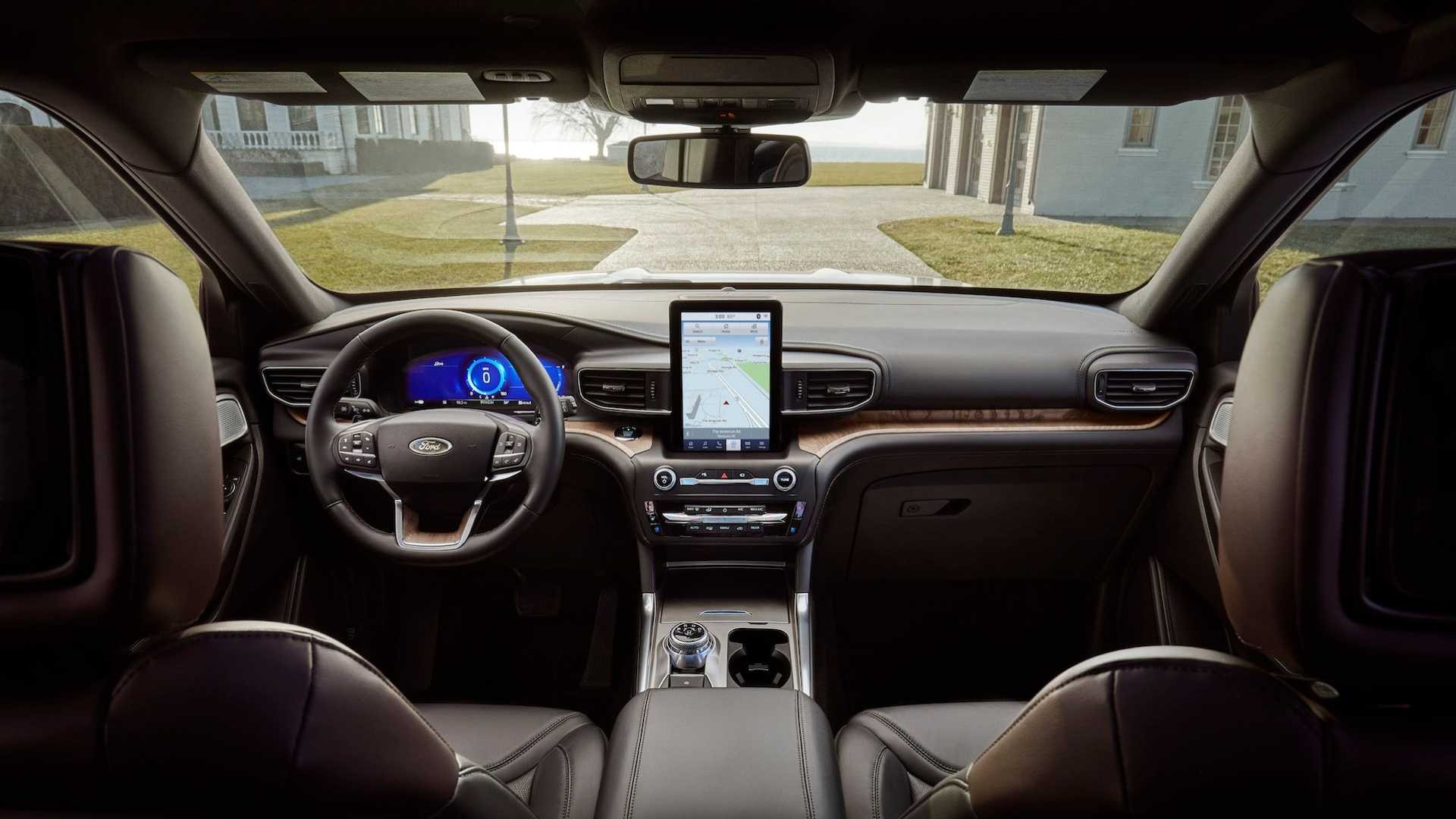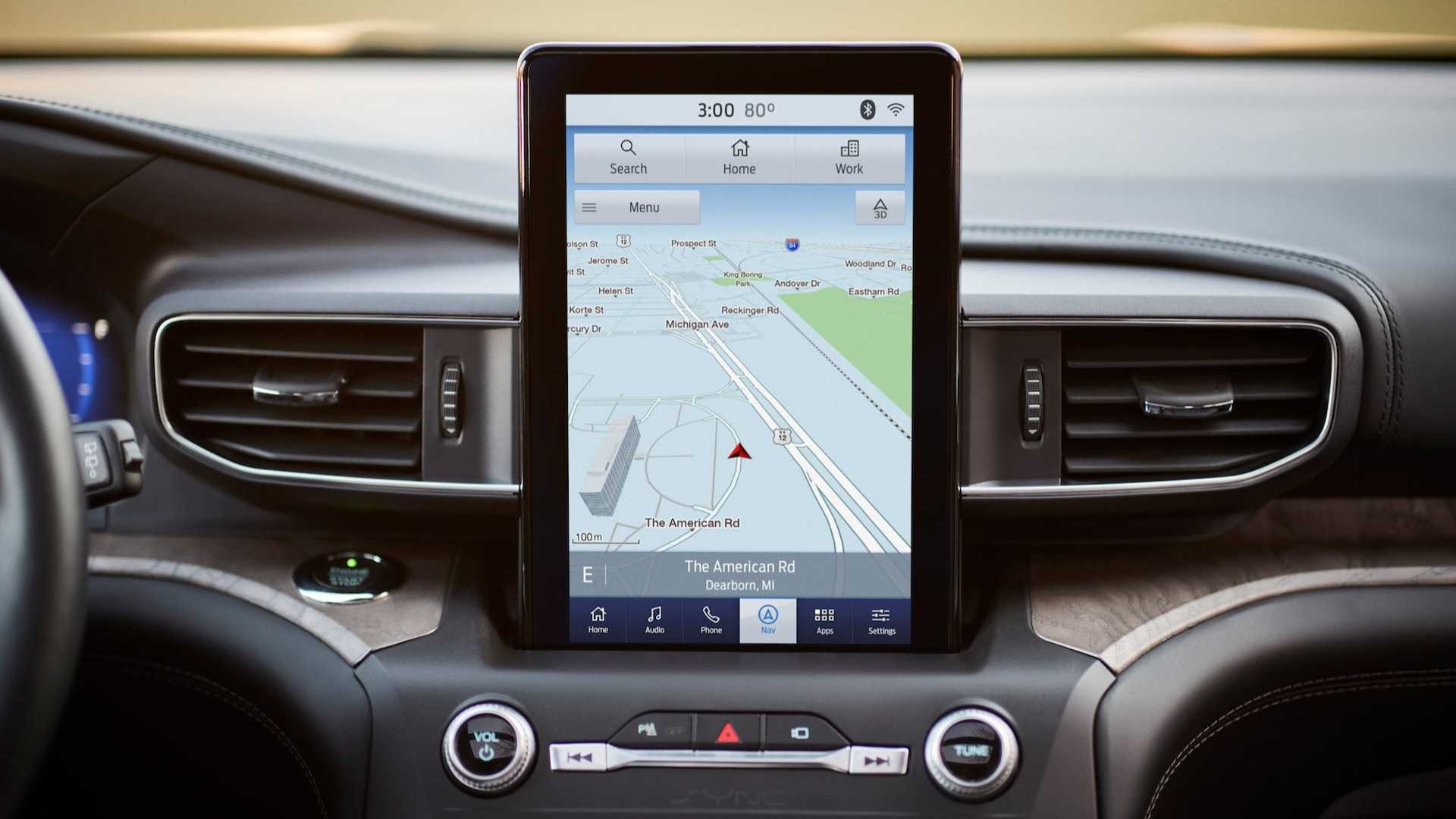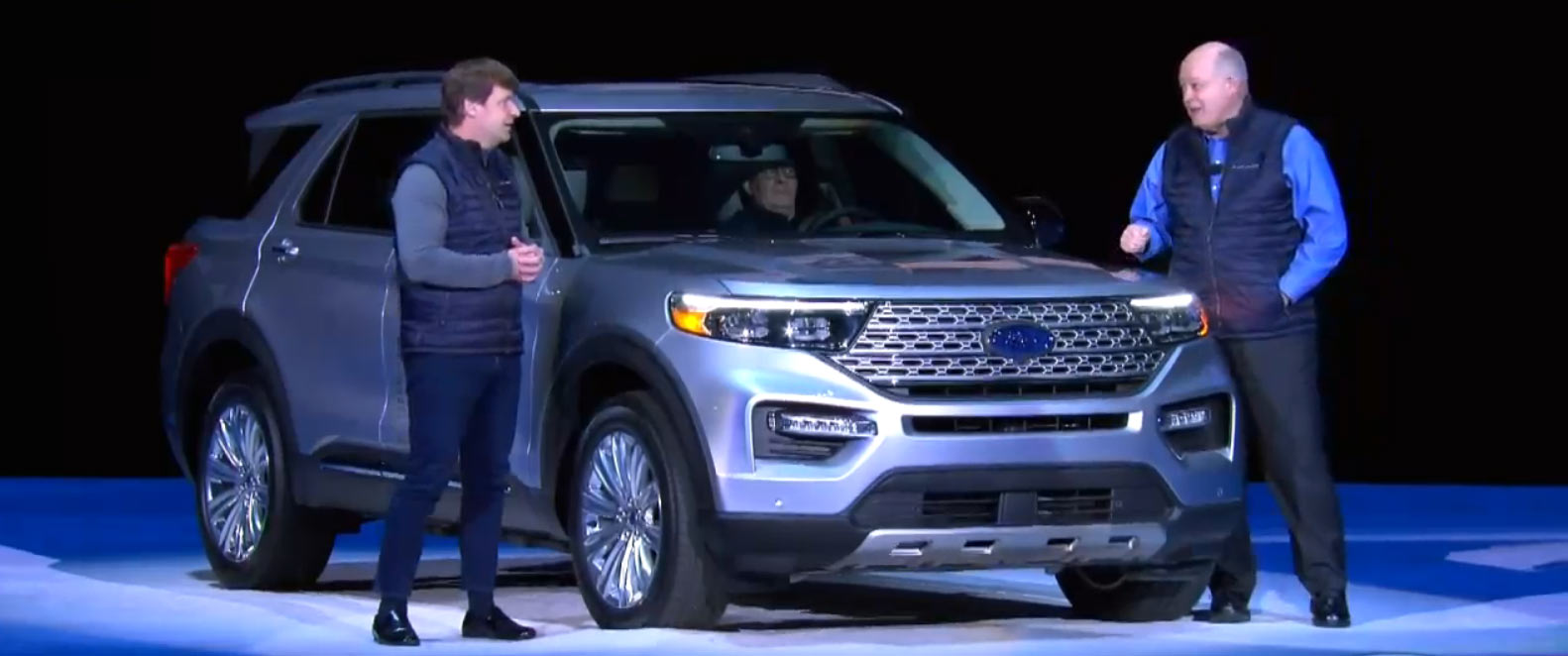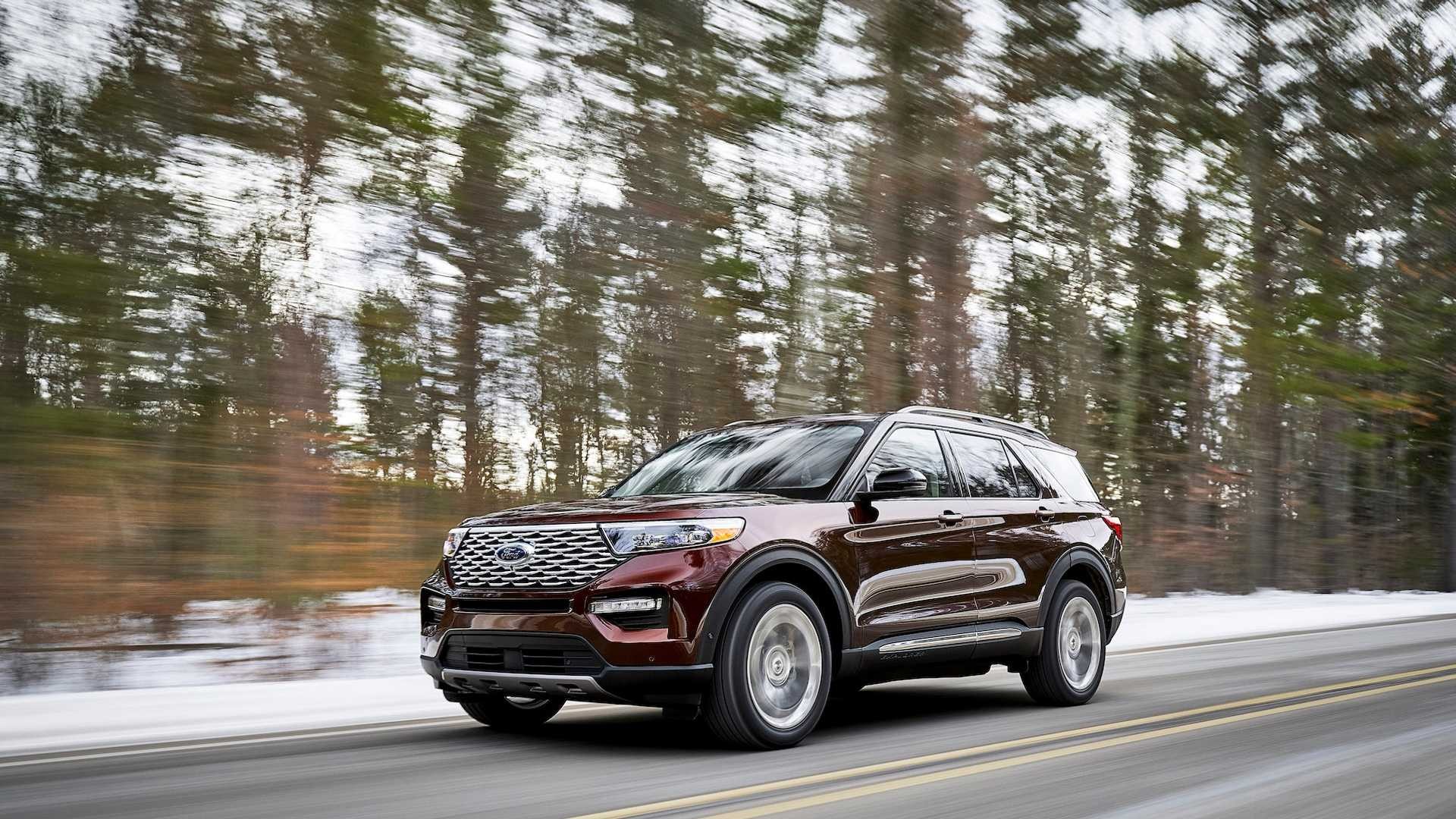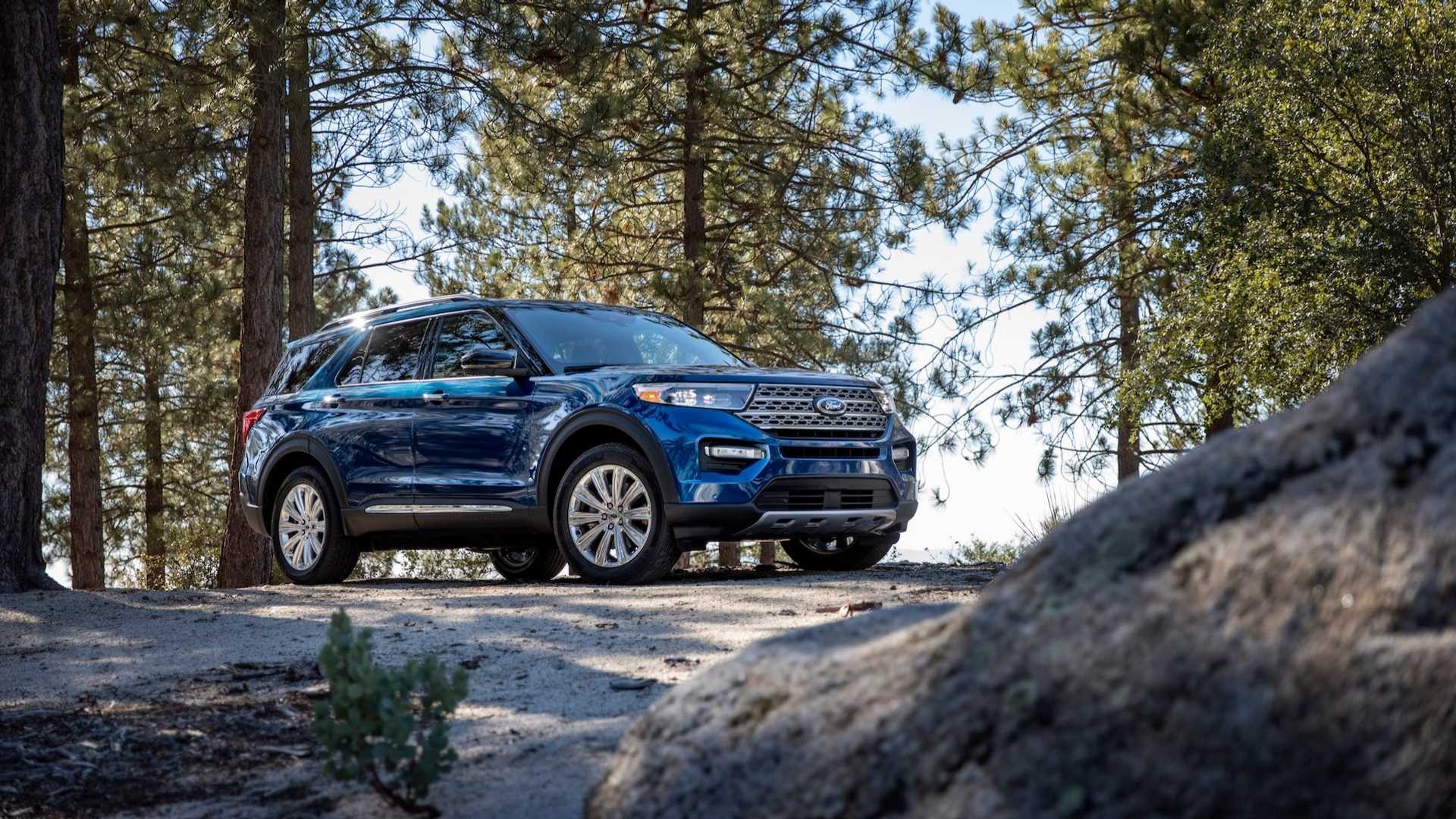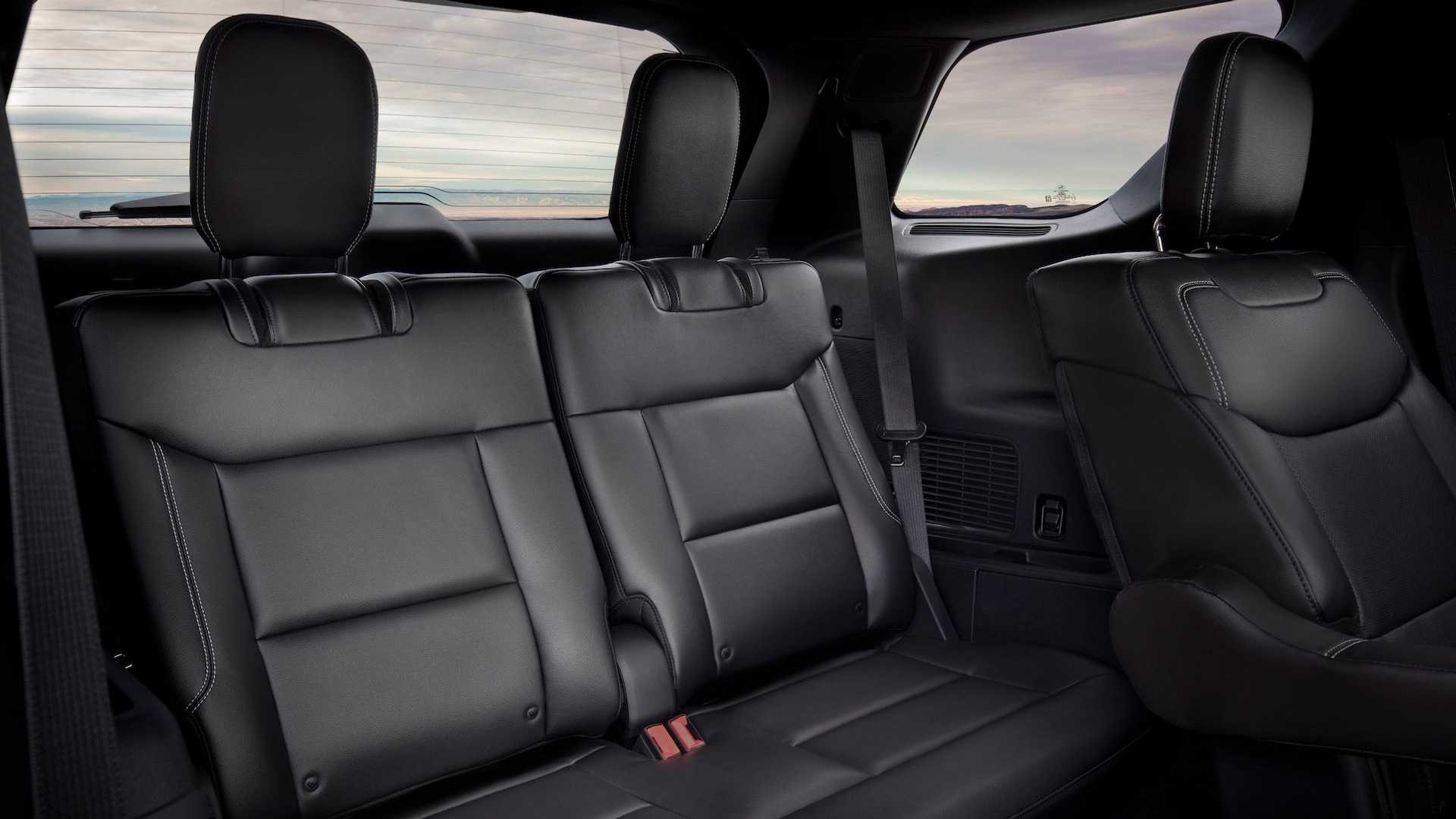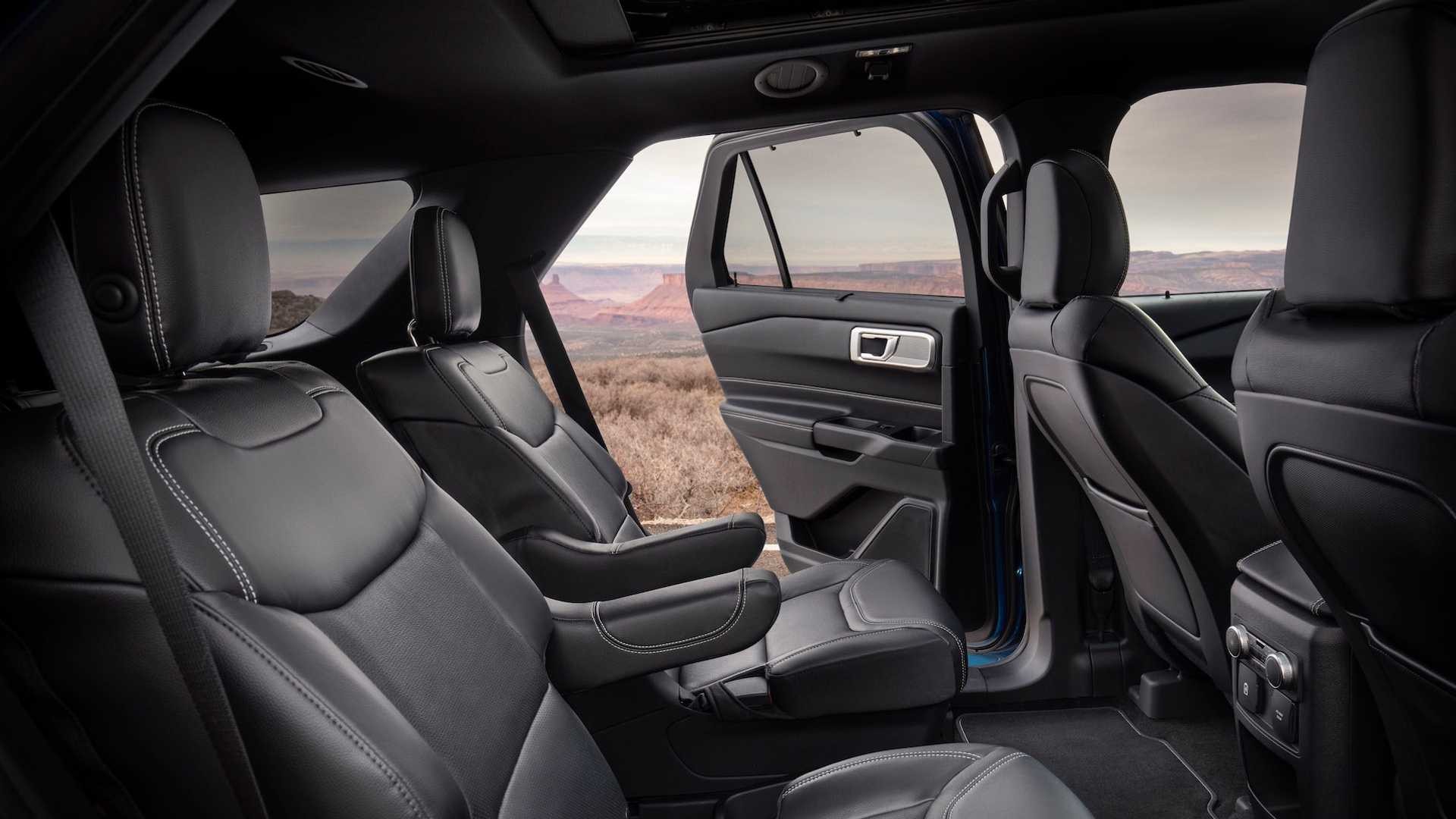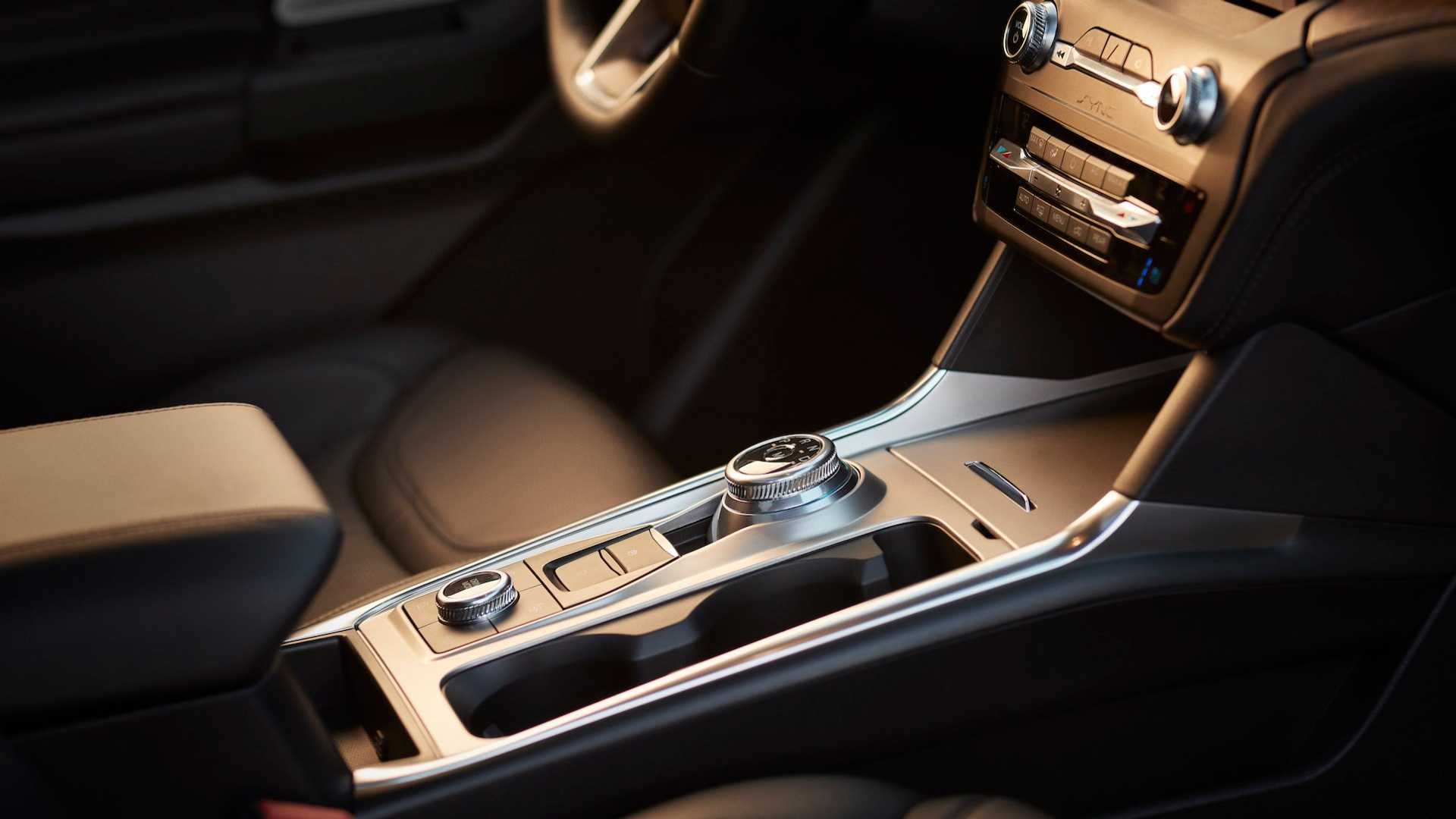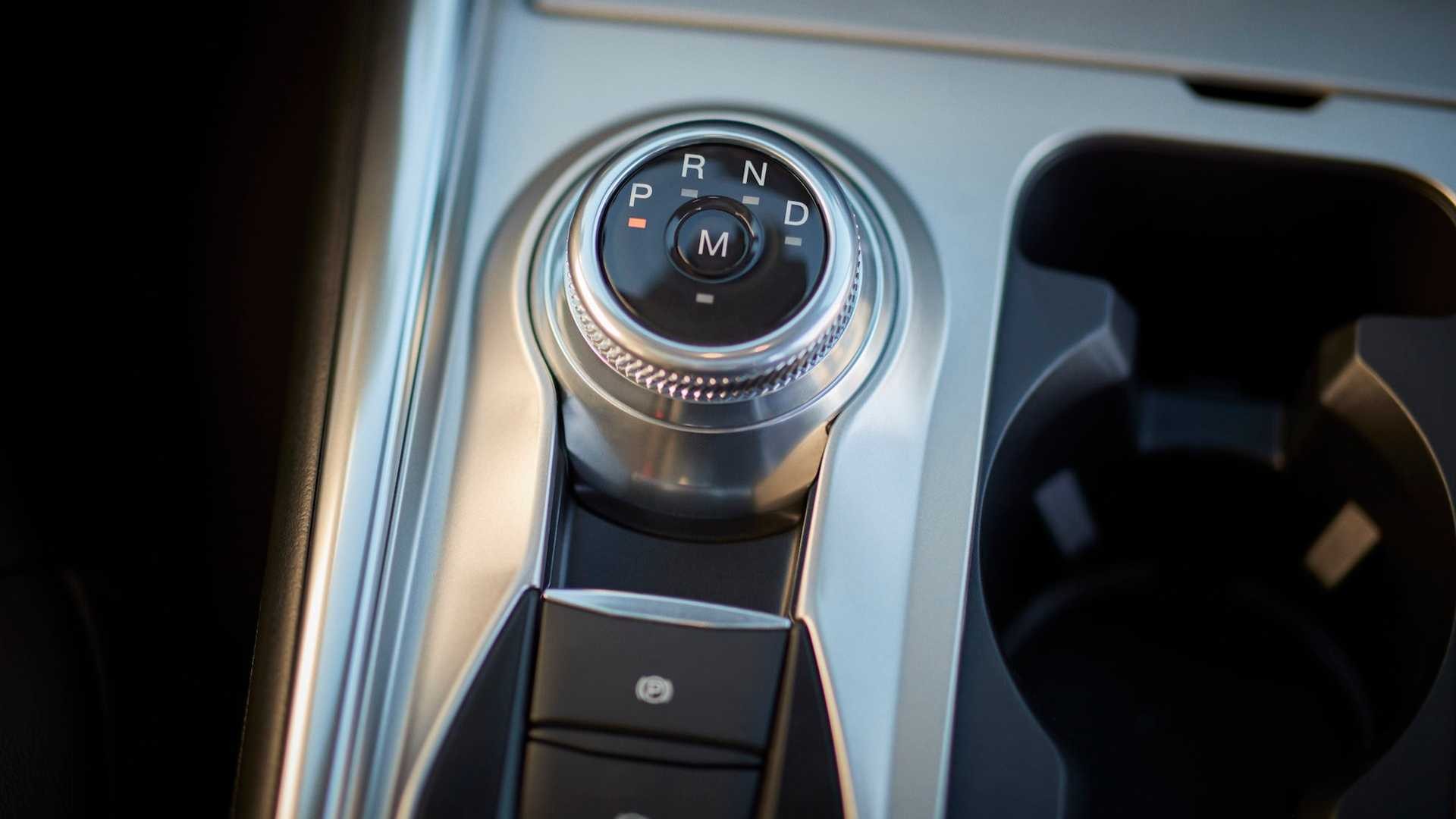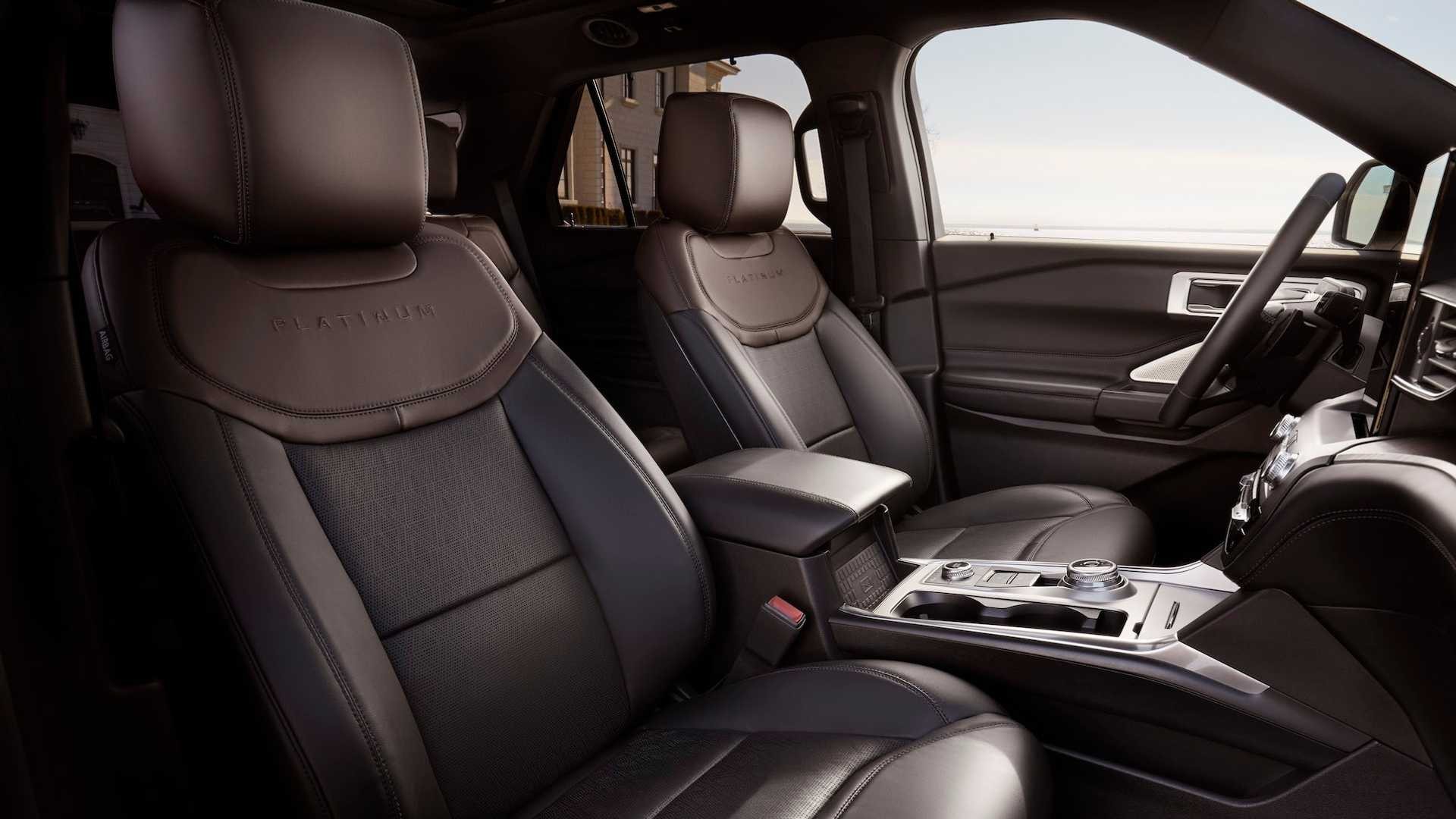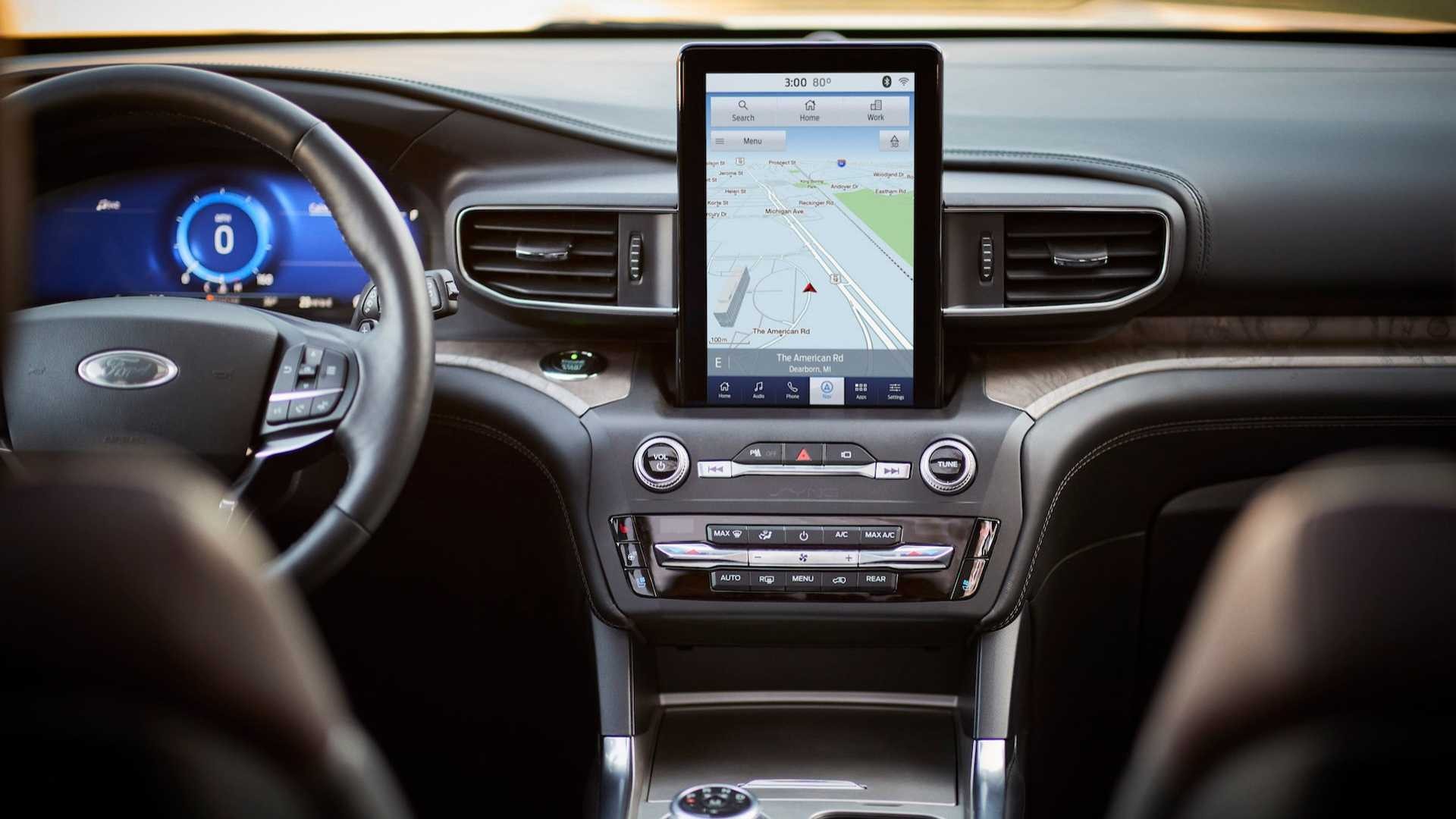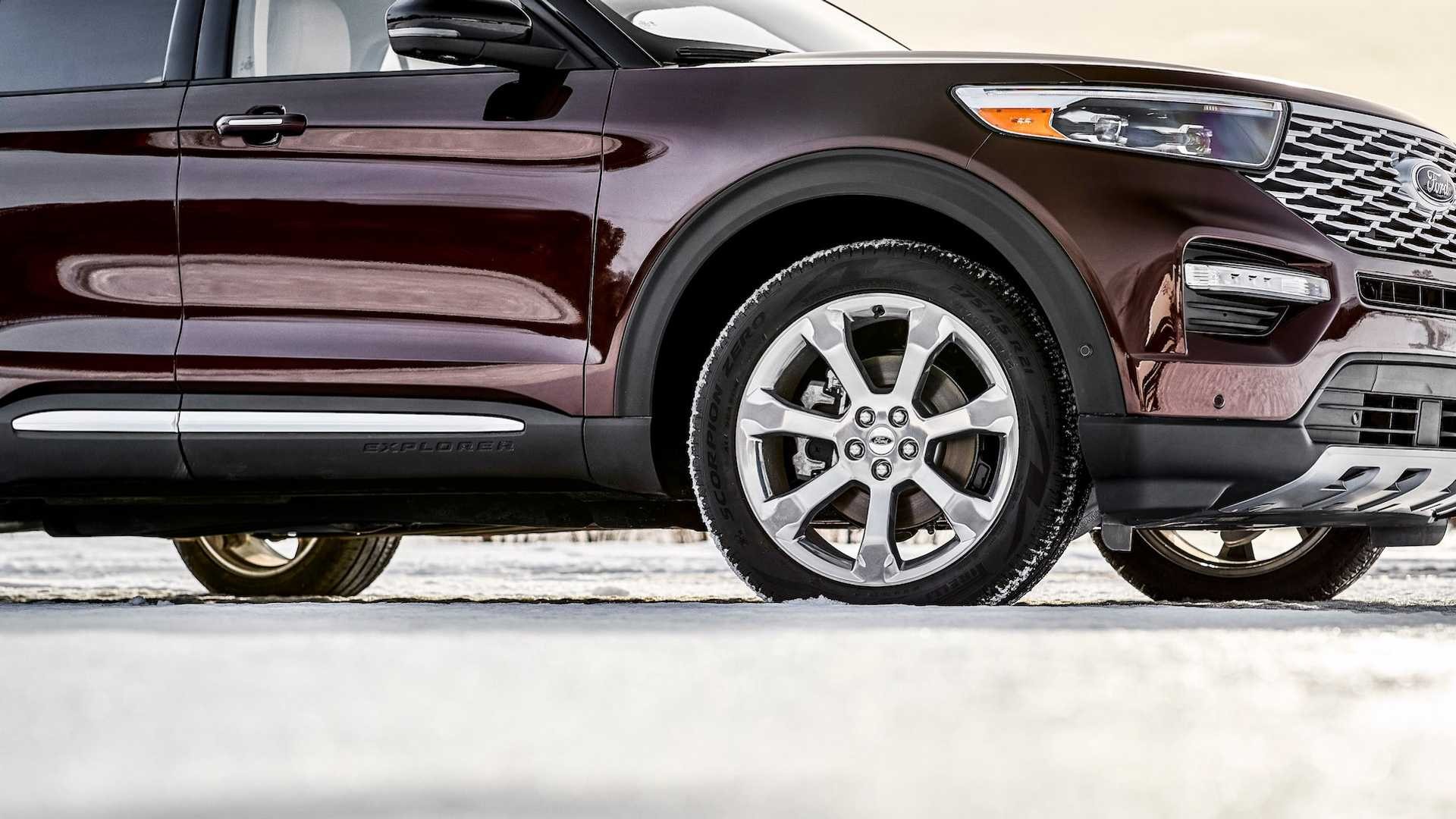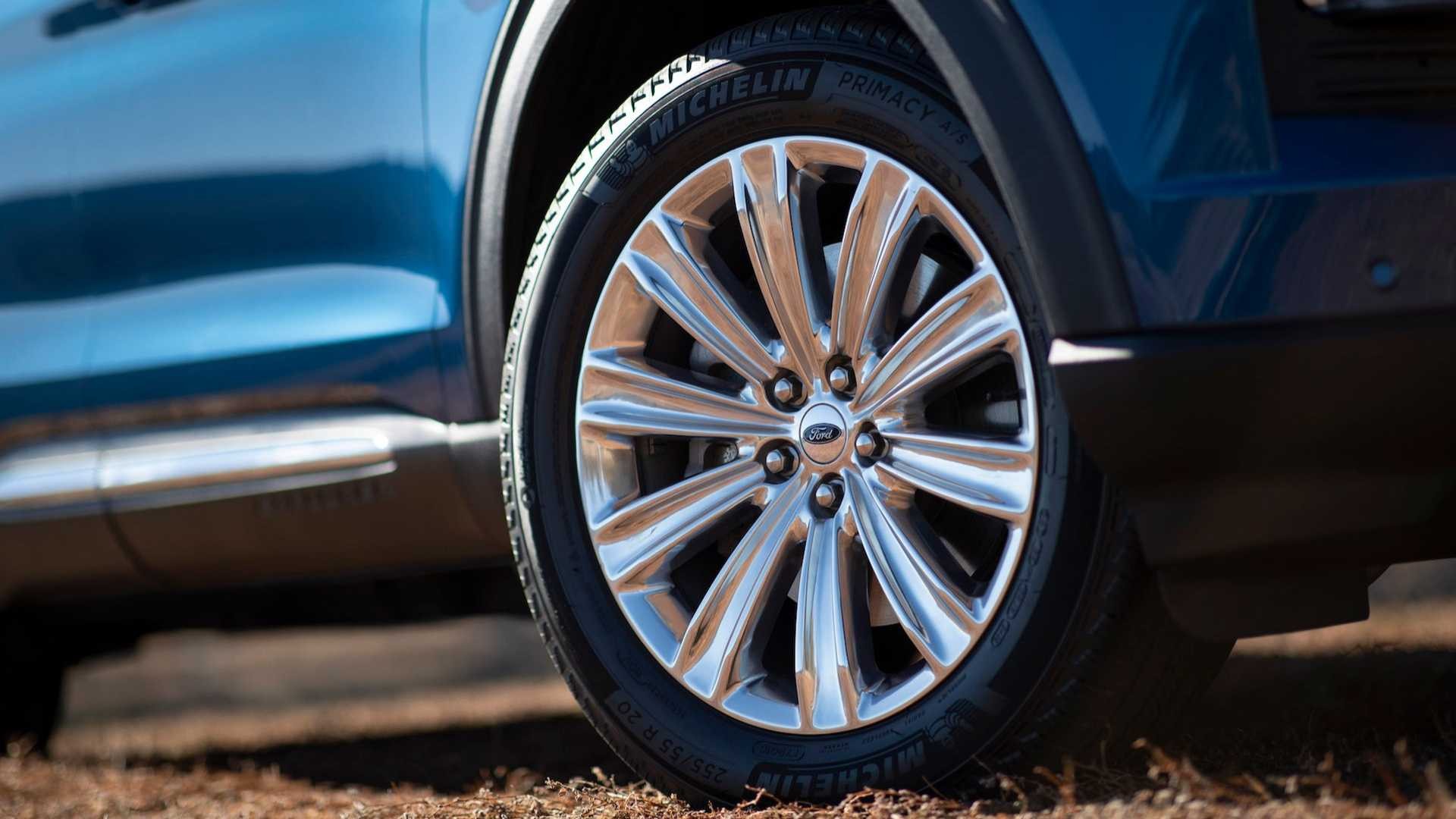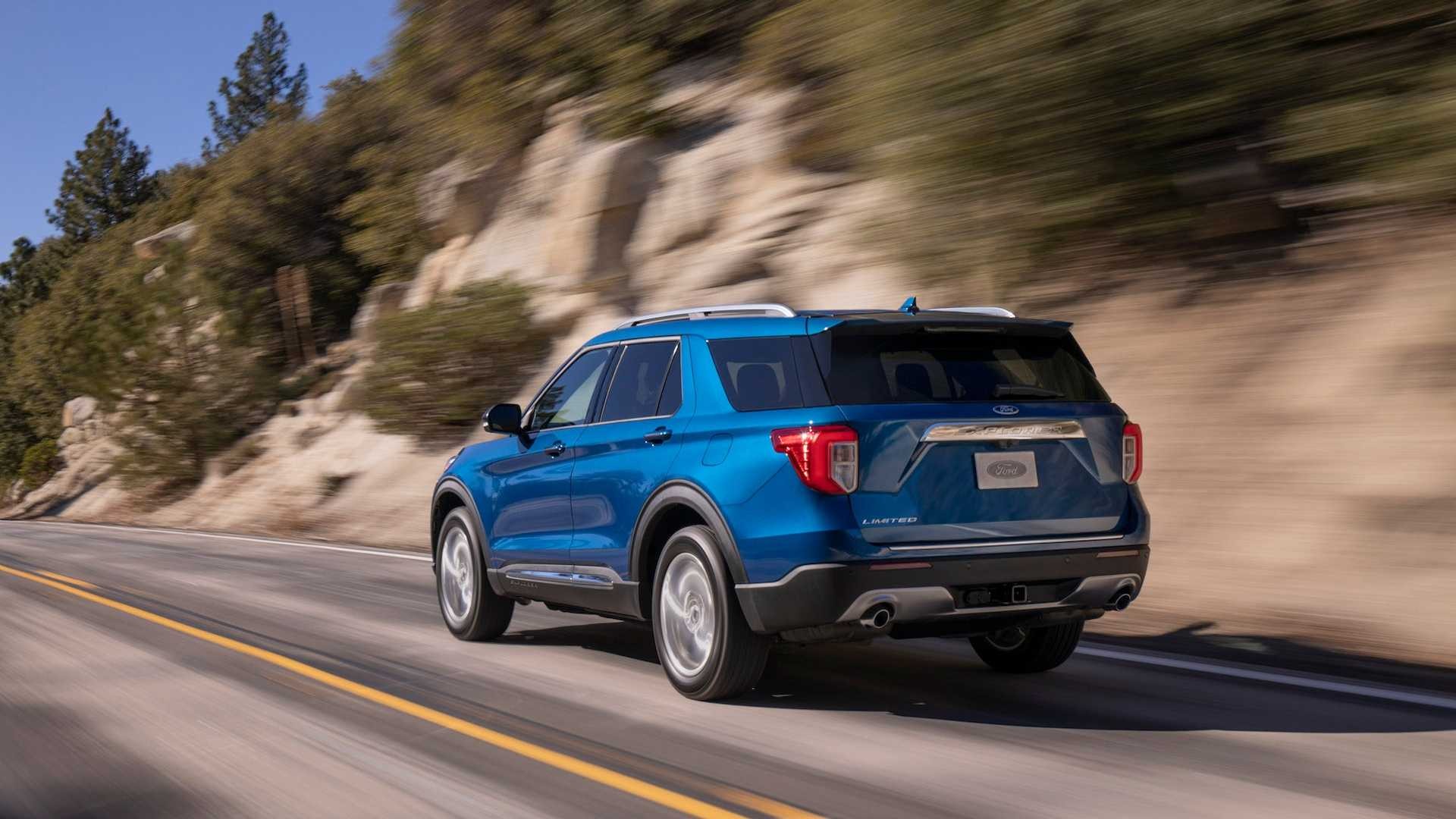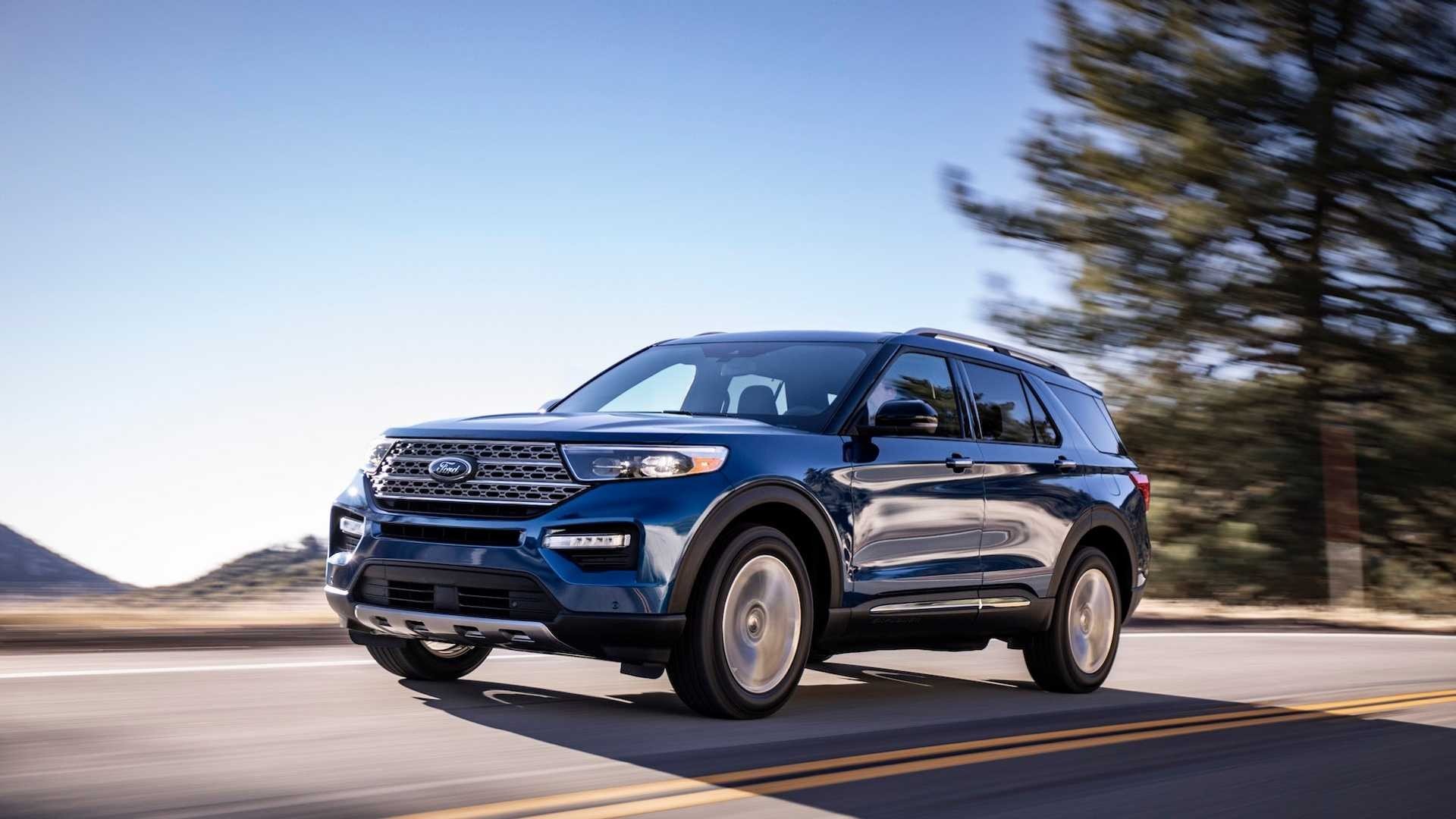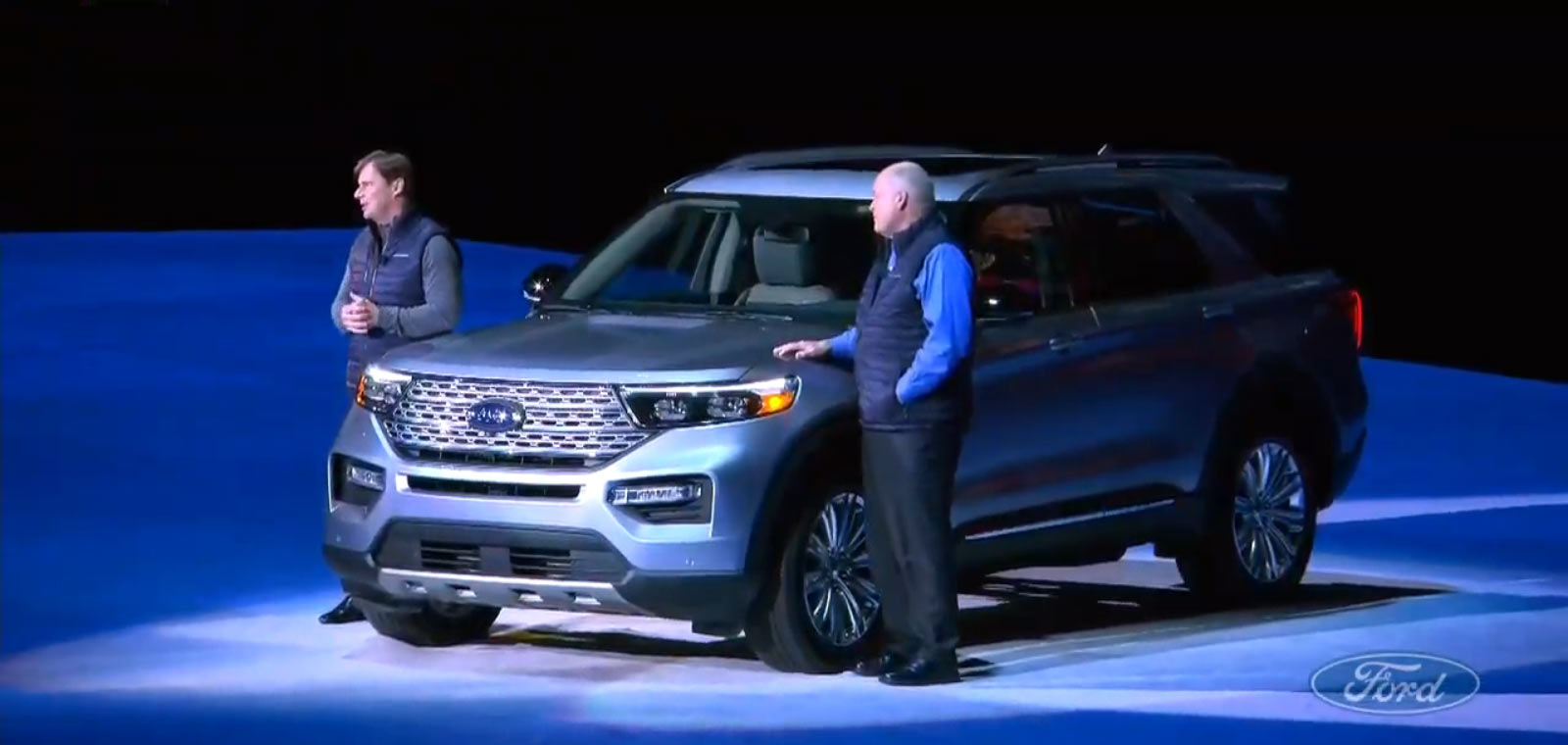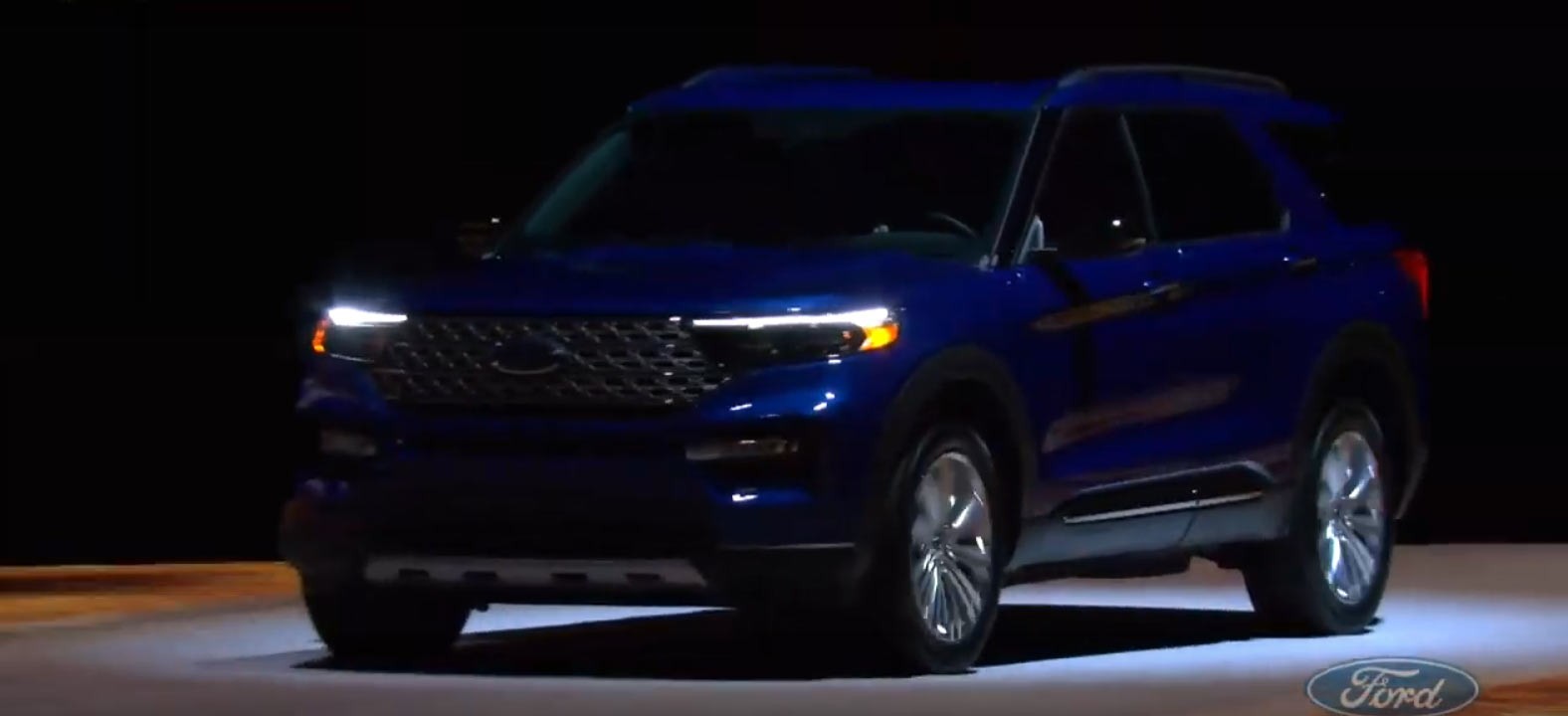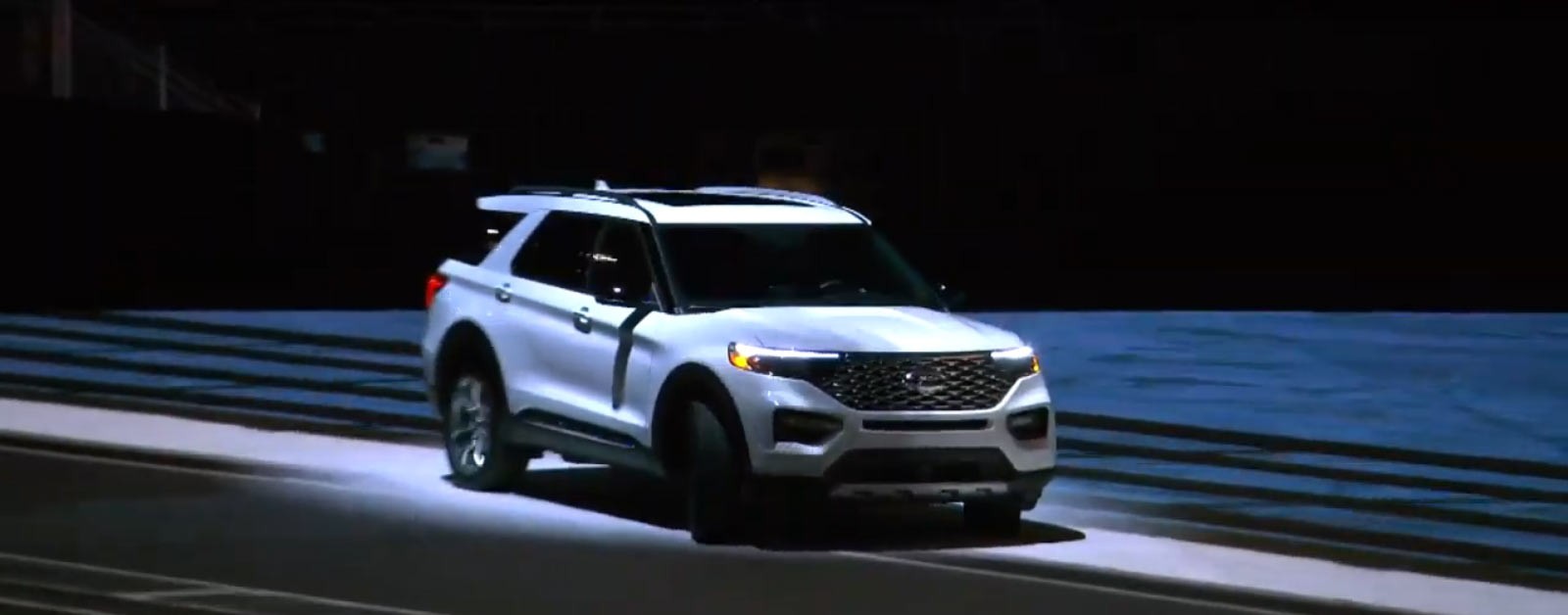The Ford Explorer remains one of the company’s best-selling crossovers and the automaker is looking to build on that momentum by introducing the redesigned model at the North American International Auto Show.
Previewed by the Police Interceptor Utility, the 2020 Ford Explorer has an evolutionary design which is instantly recognizable. Despite giving a sense of déjà vu, the model has a rounder front fascia with a prominent grille, sportier air intakes and slender headlights.
The familiar styling continues further back as the Explorer has an evolutionary greenhouse and plastic body cladding. However, designers added sleeker bodywork, a sportier roofline and more pronounced character lines.
While the exterior styling is pretty tame, drivers will be greeted by an all-new interior which features higher quality materials and a minimalist design. Ford hasn’t released detailed specifications, but the automaker confirmed the entry-level Explorer will come equipped with a dual-zone automatic climate control system, a 4G LTE Wi-Fi hotspot and 40/20/40 second-row seats which fold flat and recline. Drivers will also find an 8-inch SYNC 3 infotainment system with Apple CarPlay and Android Auto compatibility.
Moving up to the Explorer XLT will reward buyers with a 10-way power driver’s seat, a 4-way power passenger seat and a leather-wrapped steering wheel. Other niceties include a 6.5-inch color display in the instrument cluster, second row USB charging ports and an Intelligent Access system with a push-button ignition.
The Explorer Limited goes even further as the luxury-oriented model comes standard with perforated leather seats, ambient lighting and a heated leather steering wheel. Buyers will also find heated front / second-row seats, PowerFold third row seats and a 14-speaker B&O premium sound system. Other highlights include a wireless smartphone charger, a 10-way power passenger seat and sun blinds for the second row.
Lastly, the range-topping Explorer Platinum has a leather-wrapped dashboard, Ash Swirl wood trim and “tri-diamond” perforated leather seats. Other highlights include a twin-panel moonroof and front windows which can be remotely opened or closed.
Besides the aforementioned features, the 2020 Explorer can be equipped with a 12.3-inch digital cluster and a 10.1-inch touchscreen infotainment system with a portrait orientation. The latter item hasn’t been integrated into the cabin very well and it looks like someone simply mounted a tablet on the dashboard.
Under the hood, there will be a variety of different engines including an entry-level 2.3-liter EcoBoost four-cylinder that develops 300 hp (223 kW / 304 PS) and 310 lb-ft (420 Nm) of torque. It is connected to an all-new ten-speed automatic transmission which sends power to the rear wheels. However, customers can order an optional intelligent four-wheel drive system which is available with a terrain management system that features seven different modes.
Drivers looking for something more powerful can opt for the 3.0-liter EcoBoost V6 which develops an estimated 365 hp (272 kW / 370 PS) and 380 lb-ft (514 Nm) of torque when running on 93-octane fuel. Thanks to the new engine and the rear-wheel drive platform, the 2020 Explorer can tow up to 5,600 lbs (2,540 kg).
Ford also confirmed plans for a Limited Hybrid variant, but the company is keeping details under wraps. However, the model could use a hybridized 3.3-liter V6 engine just like the Police Interceptor Utility.
Ford reconfirmed plans for an Explorer ST, but declined to share details about the high-performance crossover. While the company is playing coy, rumors have suggested the model could have a twin-turbo 3.0-liter V6 engine that develops around 400 hp (298 kW / 405 PS) and 400 lb-ft (542 Nm) of torque.
Ford didn’t say much about the Explorer’s new rear-wheel drive platform, but the automaker confirmed the entry-level model tips the scales at 4,345 lbs (1,970 kg). This means the 2020 Explorer is 113 lbs (51.2 kg) lighter than its predecessor.
On the tech front, the 2020 Explorer will be offered with a number of features including a standard Co-Pilot360 suite of driver assistance systems. It include a pre-collision assist system with pedestrian detection, forward collision warning and automatic emergency braking. The suite also has lane-keeping assist, a rearview camera, automatic high-beam headlights and a blind spot information system with cross-traffic alert.
Besides the Co-Pilot360 safety suite, the Explorer can be equipped with adaptive cruise control and a reverse brake assist system that can automatically stop the crossover if a collision is imminent.
Explorer Platinum buyers will also get to experience the company’s new Active Park Assist 2.0 system. It enables the crossover to parallel or perpendicular park, at the touch of a button, and the driver doesn’t even need to touch the steering wheel, shifter, gas pedal or brake.
The 2020 Ford Explorer will arrive in dealerships this summer and pricing will start at $32,765 – a minor increase of $400.




